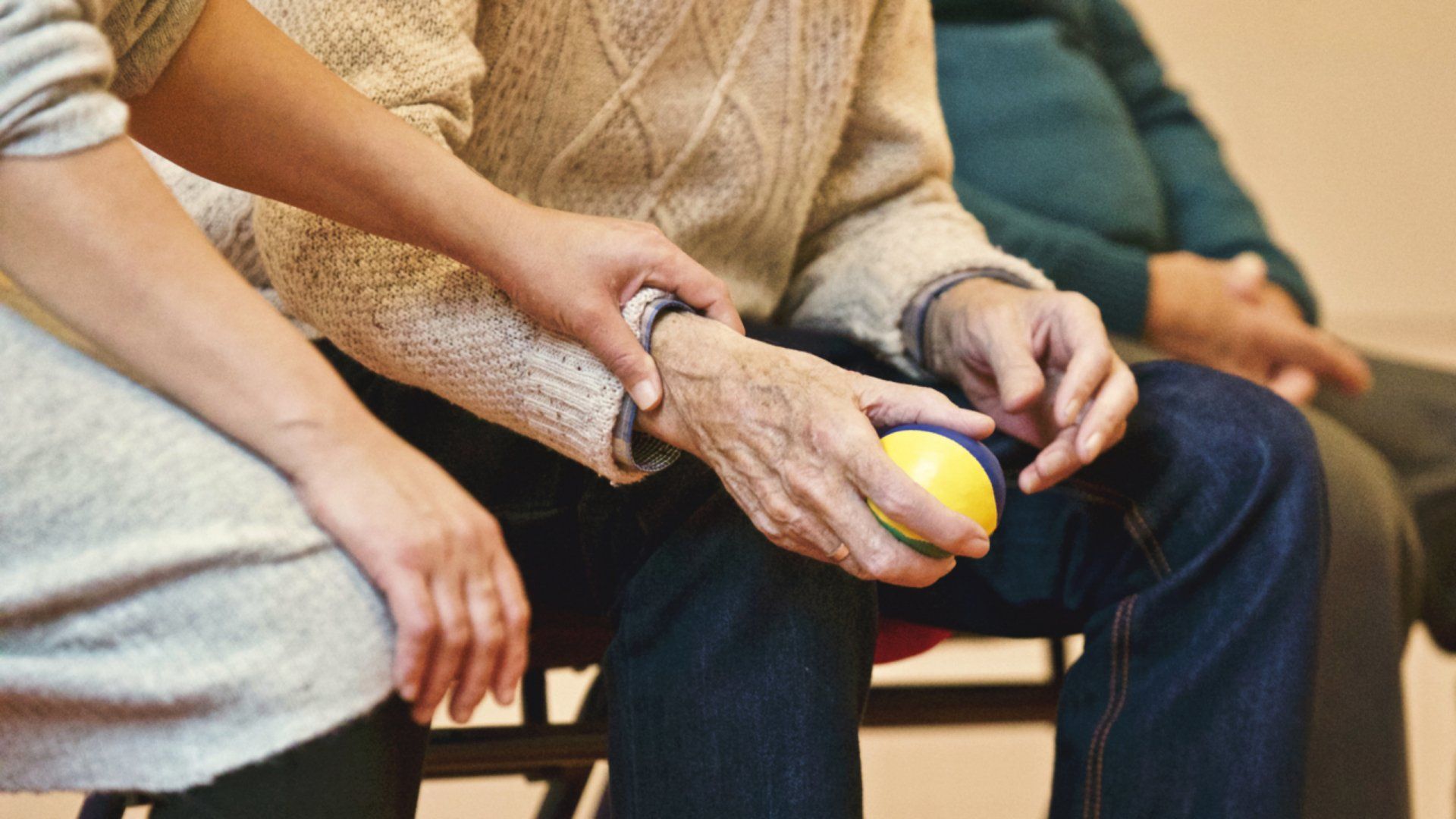HEALTH DIRECTIVE
HEALTH DIRECTIVE -FAQ
What is an AMD? Is it legally binding?
An Advance Medical Directive (AMD) lets a mentally capable adult give instructions in advance to refuse life-sustaining treatment (LST) if, in future, specified medical conditions are met and the person then lacks decision-making capacity. Hong Kong’s Advance Decision on Life-sustaining Treatment Ordinance (Cap. 651) (passed on 20 Nov 2024) creates a statutory framework for AMDs and DNACPR orders. The Government is running an ~18-month preparation period for phased implementation and eHealth integration. AMDs made in line with the Ordinance are legally recognised; pre-existing HA-form directives remain valid if they meet statutory requirements.
What exactly can an AMD cover?
An AMD can refuse one or more LSTs (e.g., CPR, artificial ventilation, dialysis, antibiotics for life-threatening infection, artificial nutrition/hydration via tube). It cannot refuse basic care (oral food/water and assistance with taking them) or palliative care.
Who can make an AMD?
Any adult who is mentally capable of deciding on LST at the time of making the directive. (Minors and adults who are not mentally capable cannot make AMDs; doctors may instead consider non-AMD-based DNACPR in the patient’s best interests.)
When does an AMD take effect?
When both are true:
- the maker becomes mentally incapable of deciding on LST; and
- a specified precondition chosen in the AMD is met (model form offers three choices: terminally ill; persistent vegetative state/irreversible coma; other end-stage, irreversible, life-limiting condition such as end-stage renal failure, motor neuron disease, COPD, or end-stage dementia under category 3).
Do I have to use a specific form?
The Ordinance provides model forms (Schedule 2) and encourages the public to use them to ensure clarity and compliance. Non-model forms are permitted if they still meet all legal requirements.
What are the witnessing requirements?
You must sign the AMD in front of two witnesses:
- One must be a Hong Kong registered medical practitioner (RMP) who must (i) explain the nature/effect of the AMD and each instruction, and (ii) be satisfied you are mentally capable at signing; and
- The second witness must be an
adult.
Both witnesses must not be “interested persons” (e.g., an estate successor or insurance beneficiary).
Is a solicitor required?
No. A solicitor is not required by the Ordinance. Many people still consult a lawyer for counselling, coordination with care planning, and document custody. (Note: this is different from Hong Kong EPOA rules, which require both a doctor and a solicitor to certify/sign.)
How do AMDs relate to wills and EPOAs?
They complement each other:
- AMD = future medical refusals of LST under conditions.
- EPOA (Cap. 501) = financial/property decisions only; Hong Kong EPOAs do not cover personal/health decisions.
- Will = post-death distribution.
Using all three provides a fuller plan.
Can I revoke or change my AMD?
Yes. The Ordinance follows “cautious making, easy revoking.” While you remain mentally capable, you may revoke by:
- Writing a revocation (paper or electronic);
- Signing the revocation part of the model form;
- Physically destroying/marking-through the AMD (with signatures as set out);
- Verbally (or by clear signals) before one or more adult witnesses;
- Making a new AMD; or
- Using the designated eHealth system once live. Keep clear records to avoid confusion.
Is there an electronic AMD?
Yes—eHealth is the designated system for making, storing, revoking and retrieving AMDs. Roll-out is phased: initial phase supports electronic storage of paper AMDs; full electronic making will follow when the system is ready. Related amendments to the Electronic Health Record Sharing System recognise AMD terminology.
DNACPR vs AMD: what’s the difference?
- AMD is your advance refusal of LST (like CPR) for future states, made while you’re capable.
- DNACPR is a clinical order (by two RMPs at end-of-life) that instructs no CPR in cardiopulmonary arrest. Having both can help responders outside hospital comply quickly. Prescribed DNACPR forms are in Schedule 3. Health Bureau
Costs — is making an AMD free?
The RMP witness is mandatory and will usually charge a professional fee. There’s no government fee for simply completing the paper form; legal fees are optional if you choose to obtain legal advice or custody services.
What about old HA “advance directive” forms?
Pre-existing ADs made before the Ordinance generally remain valid if they clearly present the required instructions. The Government recommends reviewing/updating them using the model form.
Quick next steps
- Discuss options with your family and doctor (advance care planning).
- Use the model form (ENG/CHI) and select your specified preconditions.
- Arrange two witnesses (one must be an RMP, neither an interested person).
- Store the AMD safely; consider eHealth storage when available.
- Review it periodically and
update/revoke if your preferences change.













